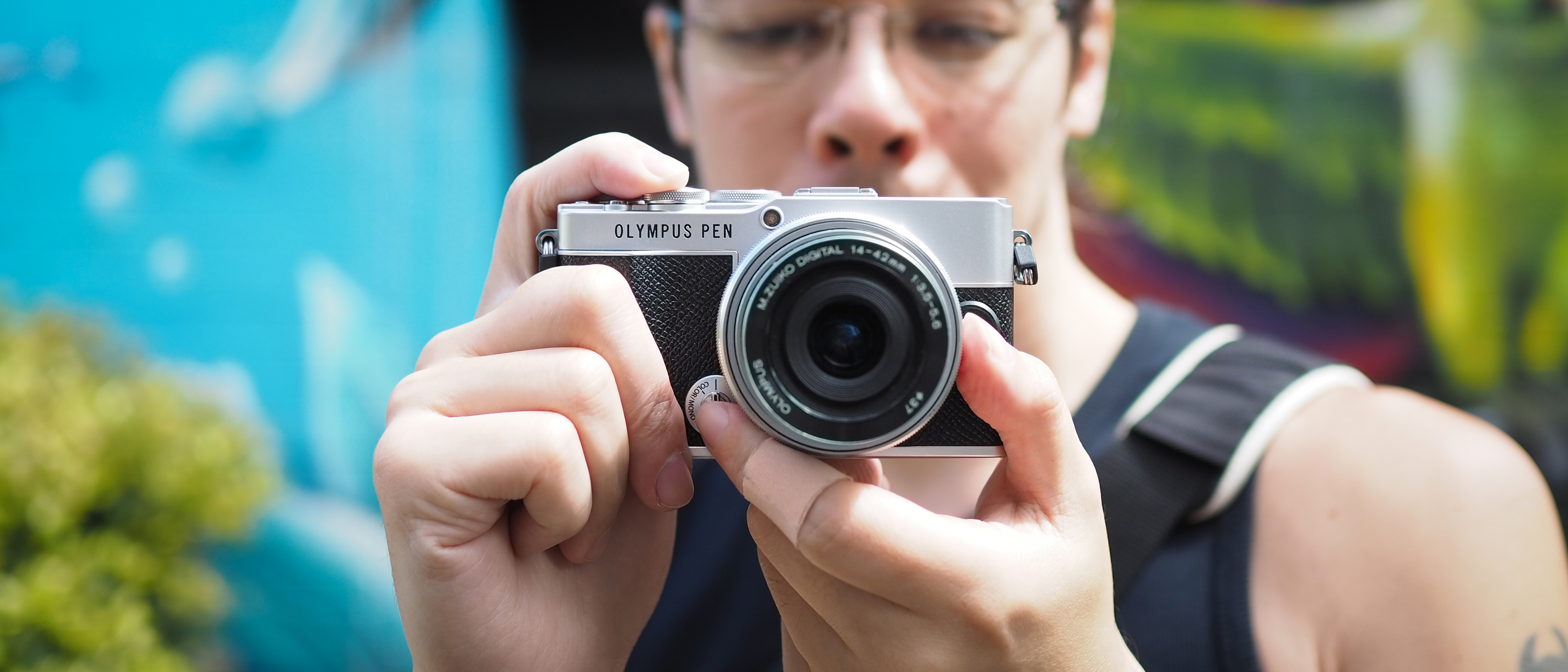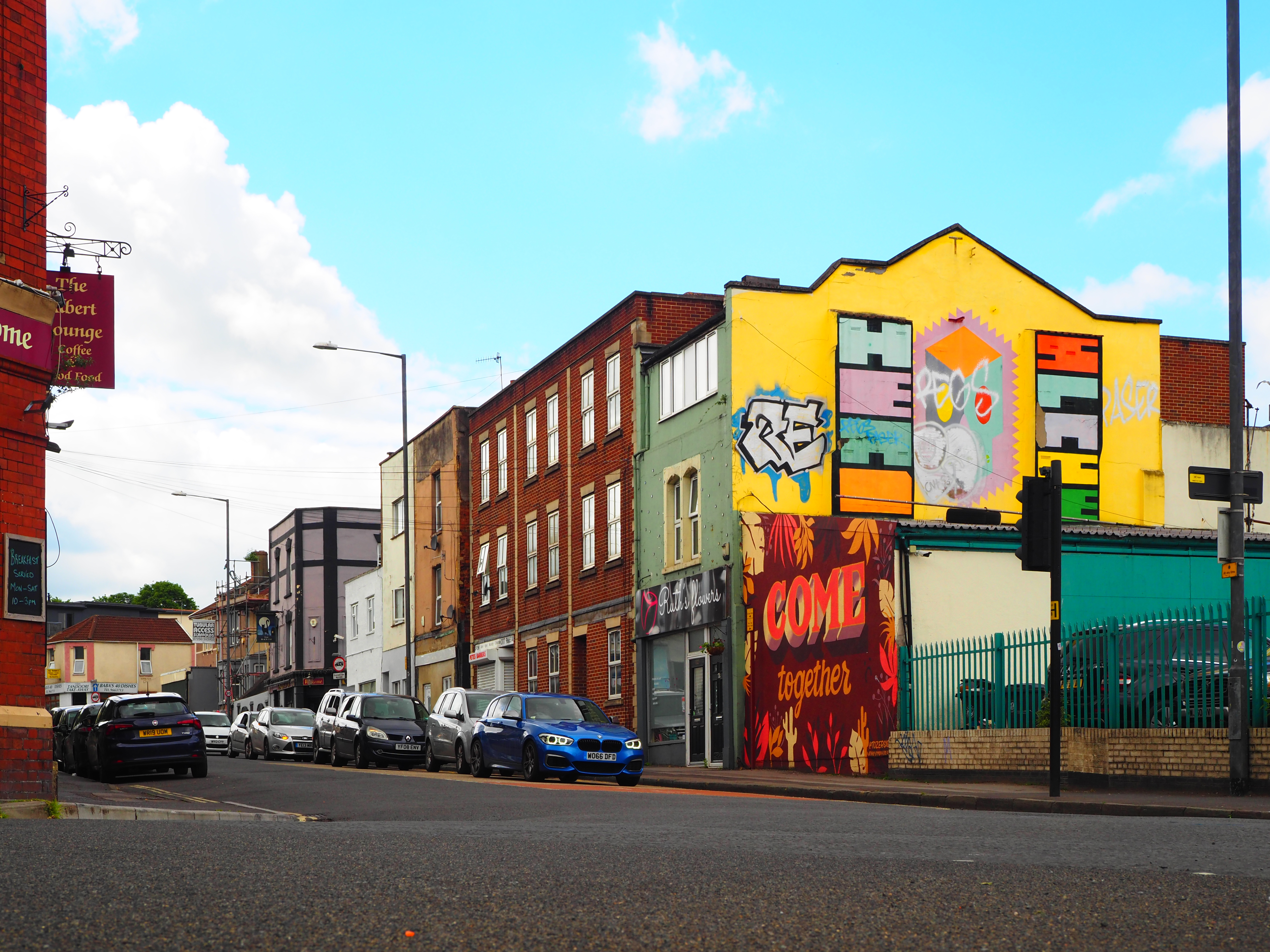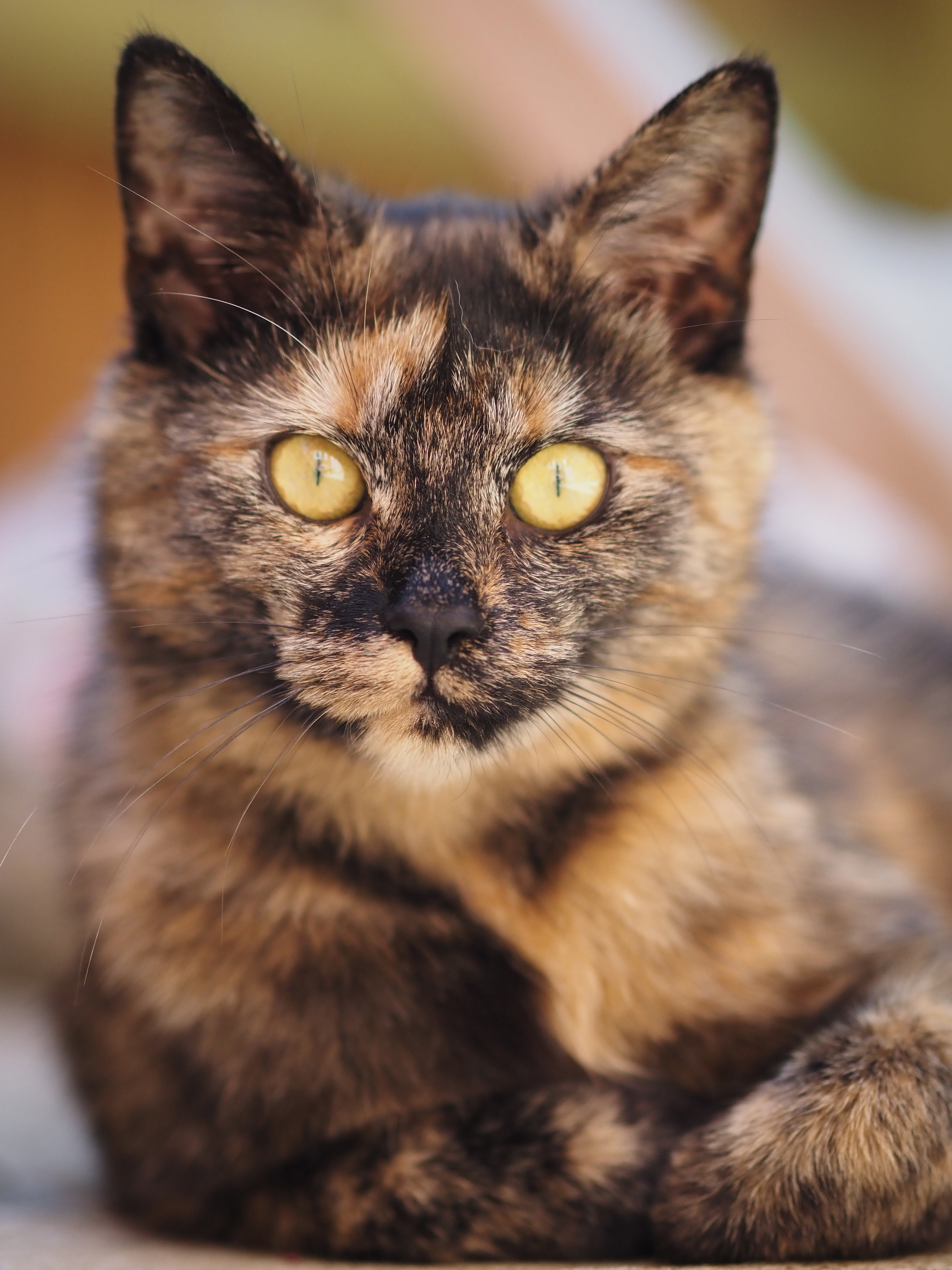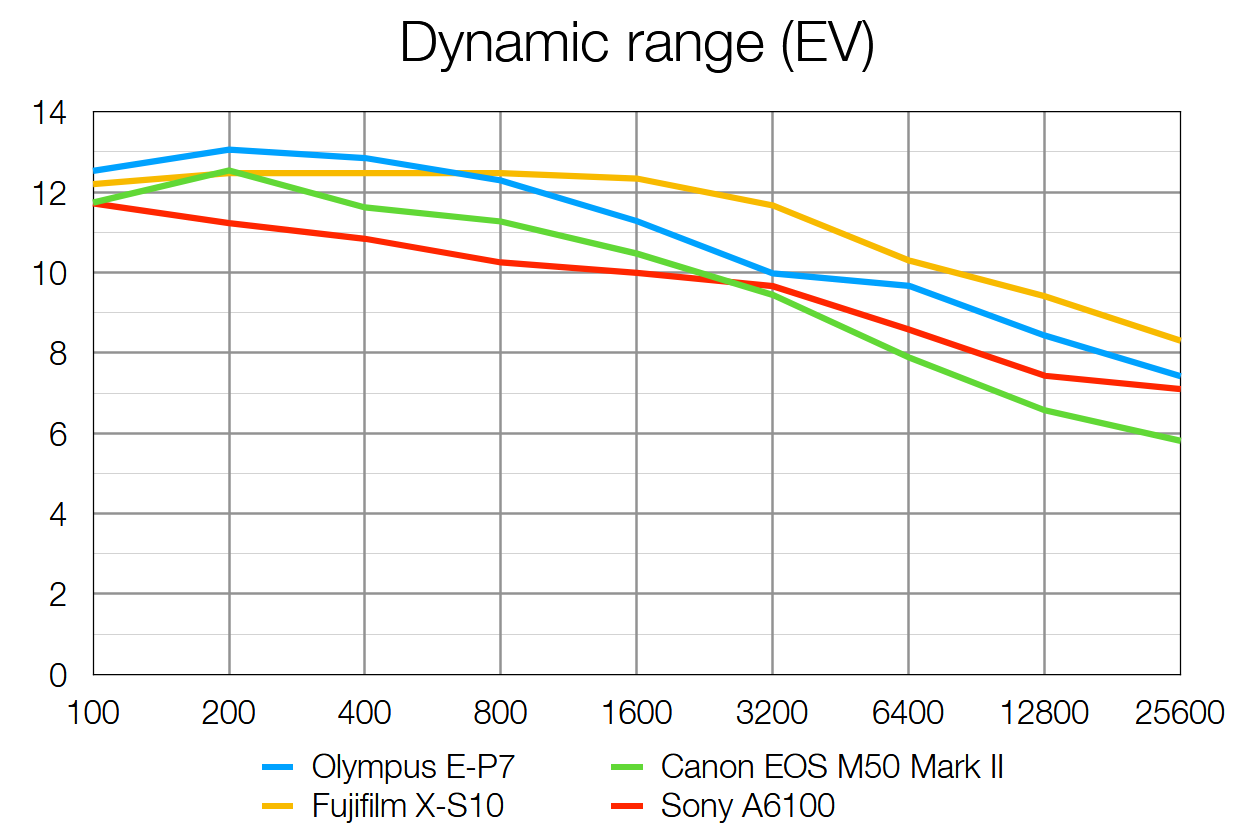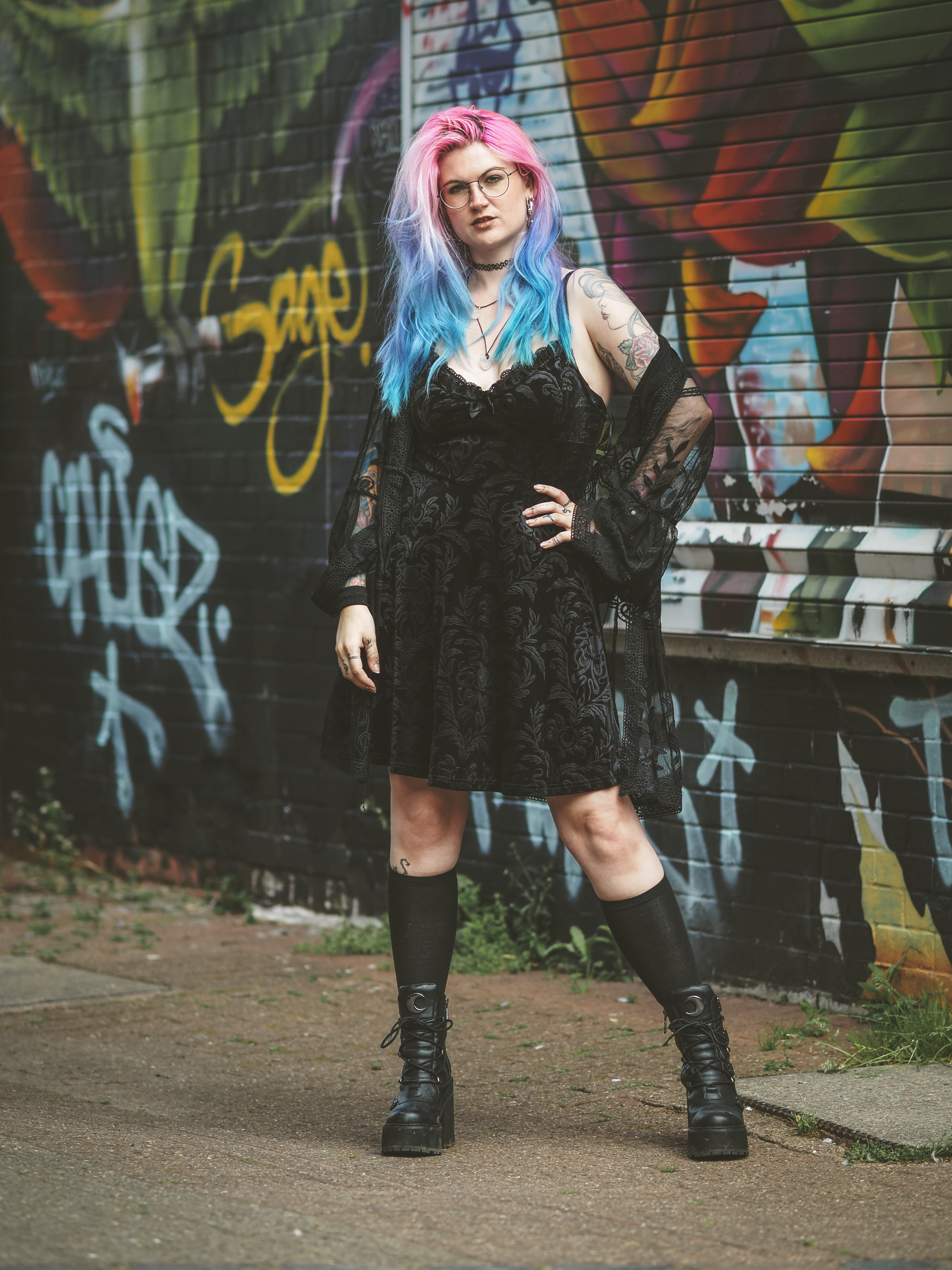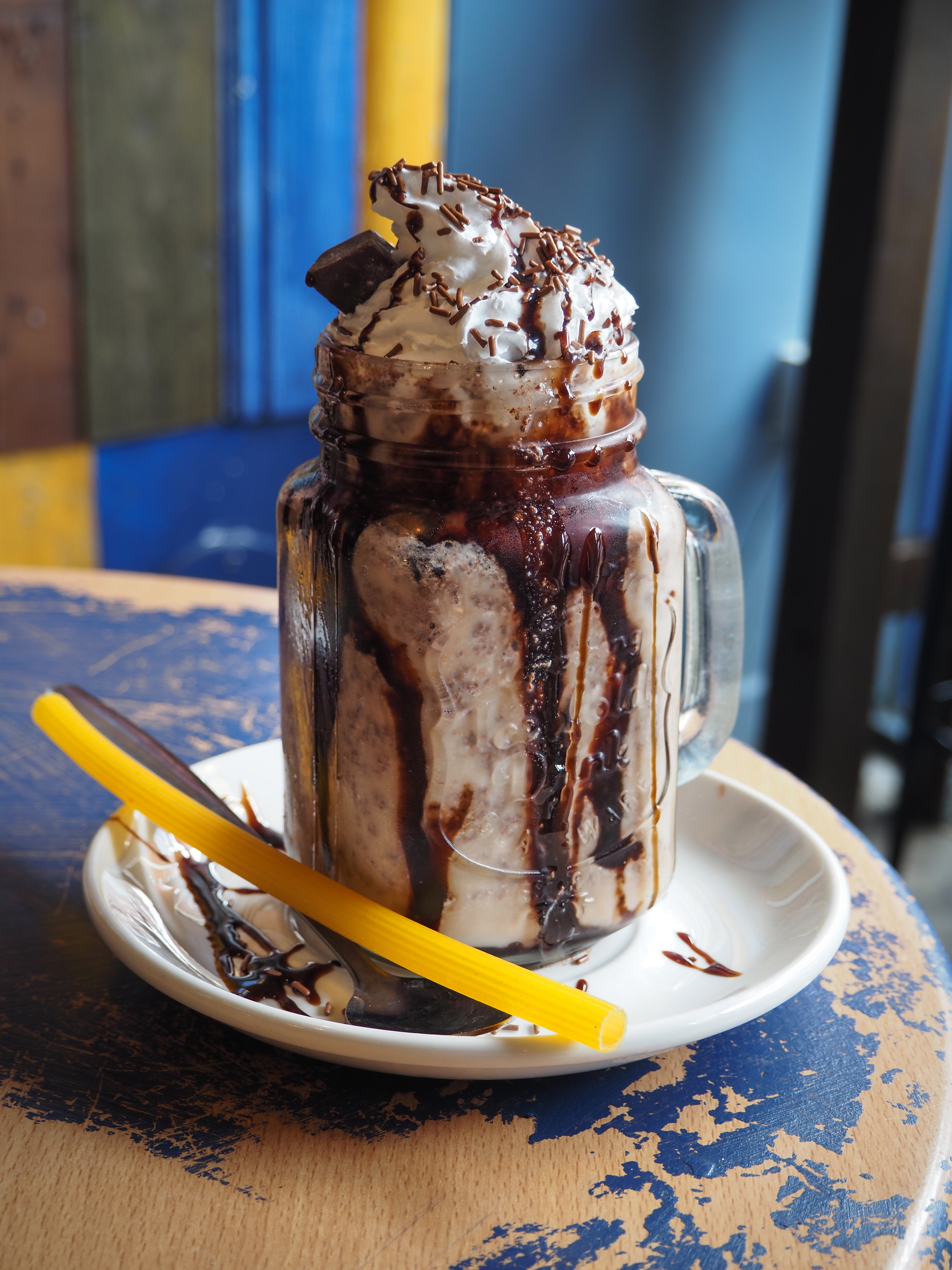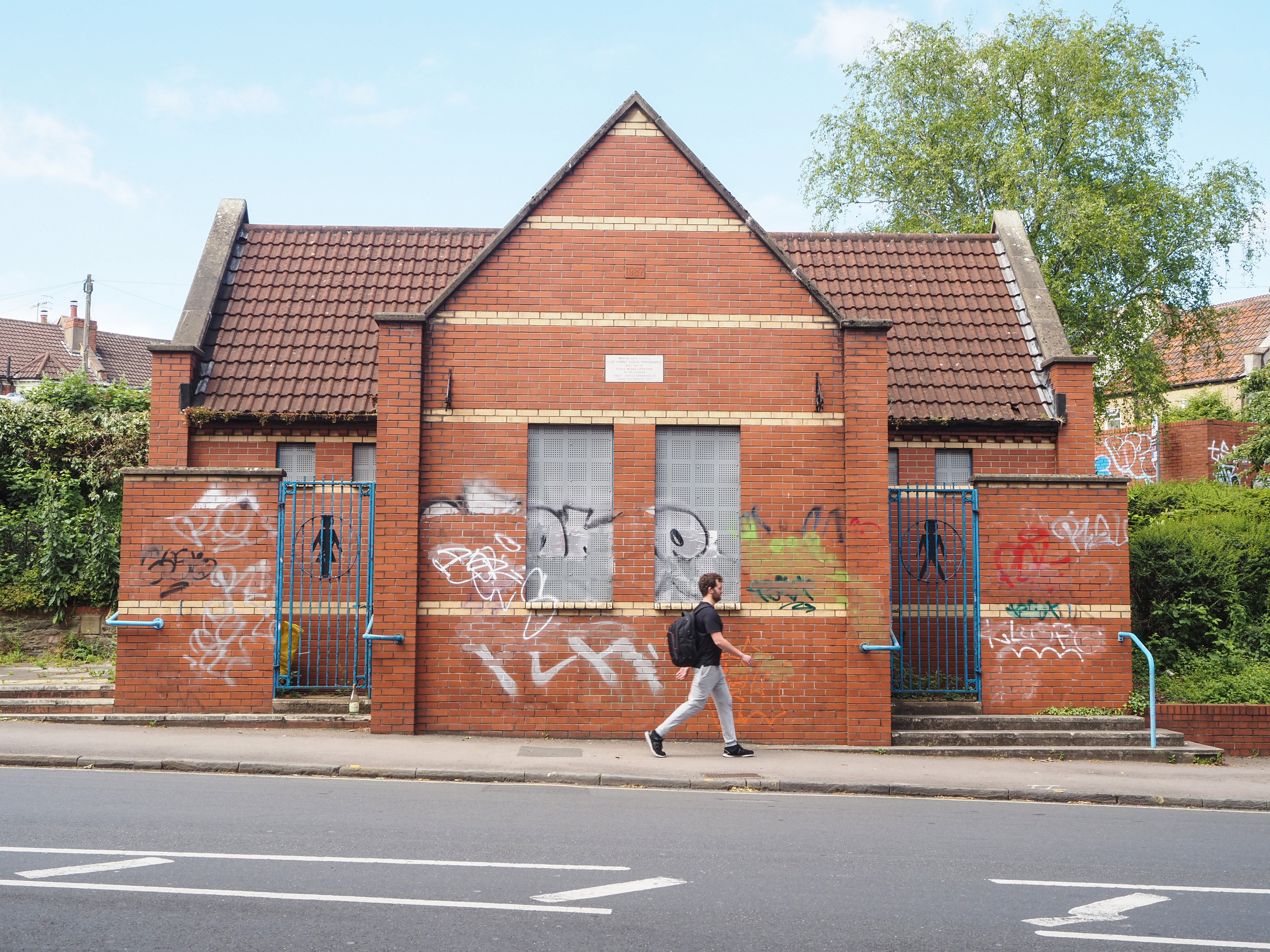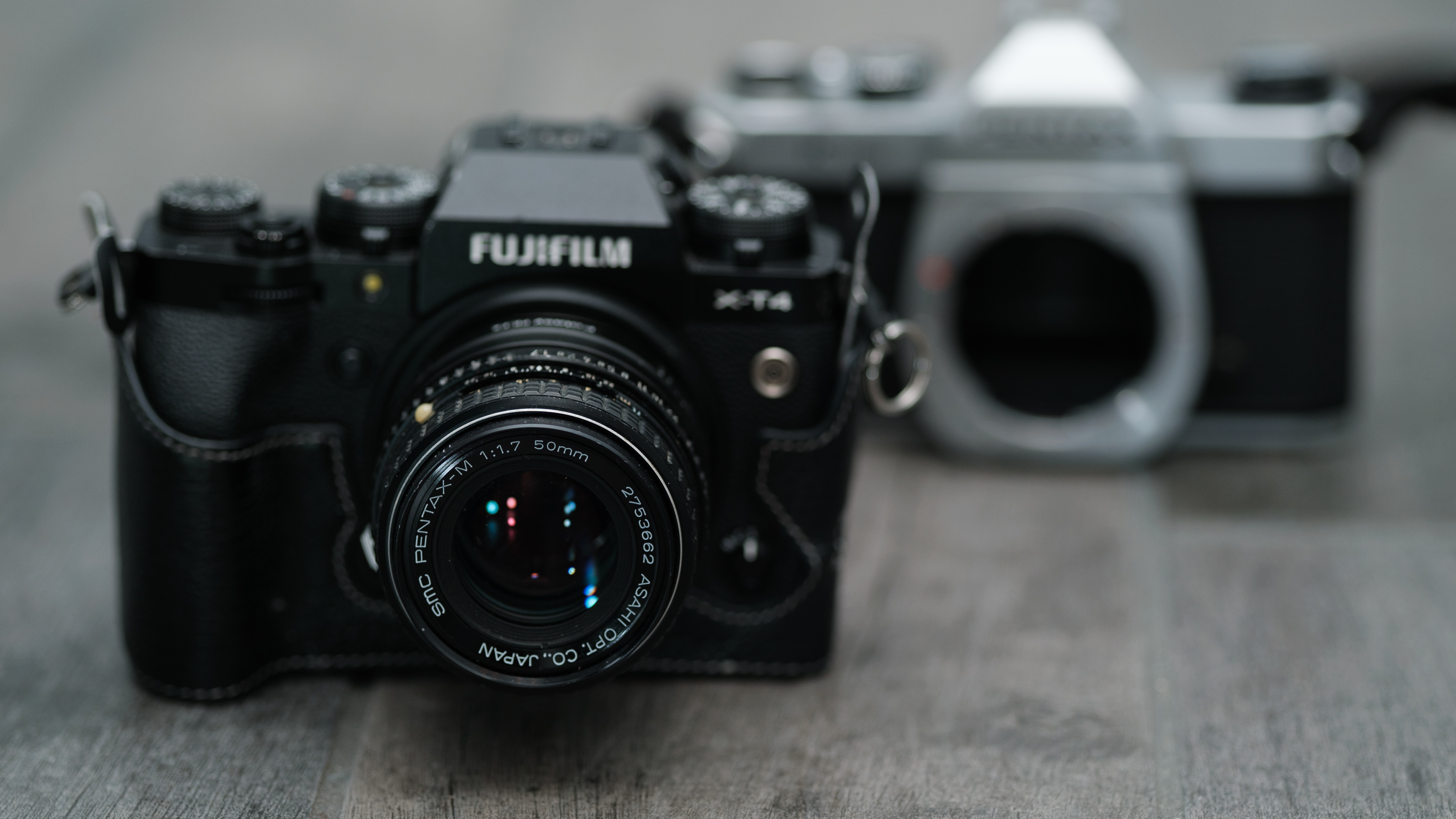Digital Camera World Verdict
The Olympus PEN E-P7 is a fantastic return to form for the PEN series, and a triumph for OM Digital Solutions' first product. So stylish that you can take it anywhere, so simple that beginners can use it, and so capable that experts can get sensational results from it. Perfect for stills, with IBIS that makes video a breeze, this is an ideal take-anywhere, shoot-anything camera that packs the power of an OM-D into your pocket.
Pros
- +
Fantastic stabilization
- +
Two control dials
- +
Profile Control switch
- +
180° Selfie screen
- +
USB charging
Cons
- -
Awkward power switch
- -
LCD skintones inaccurate
- -
No viewfinder
Why you can trust Digital Camera World
The Olympus PEN E-P7 is a surprising camera in more ways than one. With the world watching what OM Digital Solutions, new steward of the Olympus brand, would do with its first ever product, nobody predicted that it would resurrect the E-P series of PEN cameras.
• Read more: Best retro cameras
In doing so, however, it has not only breathed new life into the pedestrian PEN line, but also shown that it isn't afraid to shake things up – or to revisit and reimagine the unique concepts of the best Olympus cameras from the past.
There hasn't been an entry in this series since 2013's Olympus PEN E-P5, which has remained a cult classic among Micro Four Thirds users. The Olympus PEN E-P7 combines the finesse and form factor of its predecessor, the Profile Control switch inspired by the fan favorite Olympus PEN-F, and the features and functionality of the new Olympus OM-D E-M10 Mark IV.
The result is the best non-OM-D camera we've seen since the PEN-F, as well as one of the best travel cameras, best cameras for street photography, best cameras for beginners and even best vlogging cameras for quick and clean content creation.
Olympus PEN E-P7: Video review
Watch video: Olympus PEN E-P7 video review
Olympus PEN E-P7: Specifications
Sensor: 20.3MP 4/3" Live MOS
Lens type: Micro Four Thirds
Image processor: TruePic VIII
AF points: 121-point contrast-detect
ISO range: 200-25,600 (expandable to Low (approx 100))
Stabilization: 5-axis in-body image stabilization, 4.5 stops
Max image size: 5184 x 3888
Video: 4K at 30 / 25 / 24p; 1080p at 60 / 50 / 30 / 25 / 24p; 720p at 120fps (no audio)
Viewfinder: N/A
LCD: 3-inch tilting touchscreen (80° up, 180° down), 1.037k dots
Memory card: 1x SD/SDHC/SDXC, UHS-II compatible
Shutter speeds: Mech 1/4,000-60 sec, elec 1/16,000-60 sec, bulb up to 30 mins
Max burst: Mech 8.7fps (up to card capacity), elec 15fps (42 RAW / 49 JPG)
Connectivity: Wi-Fi, Bluetooth, Micro HDMI, Micro USB 2.0
Size: 118.3 x 68.5 x 38.1mm
Weight: 337g body only, including battery and memory card
The best camera deals, reviews, product advice, and unmissable photography news, direct to your inbox!

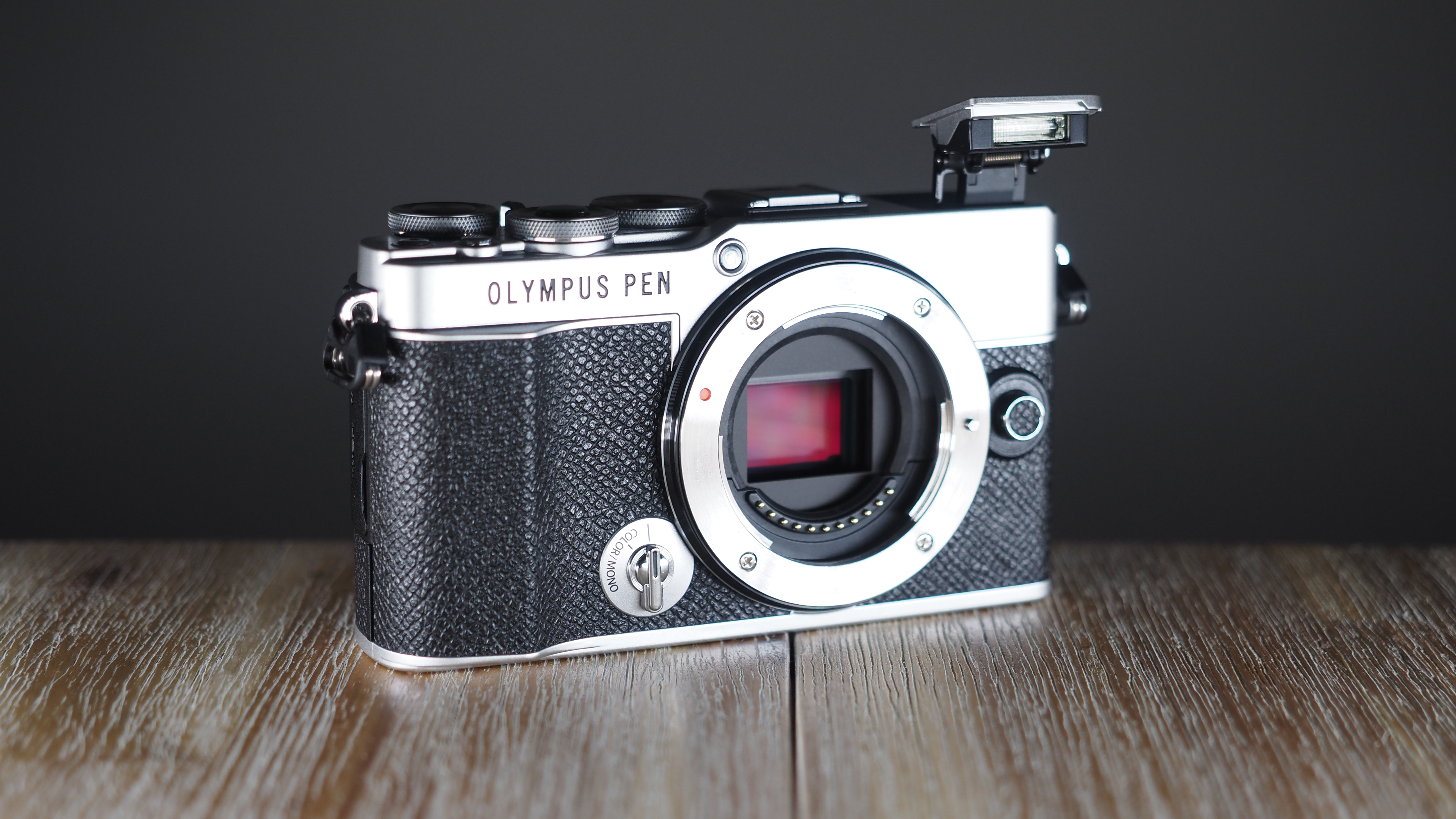
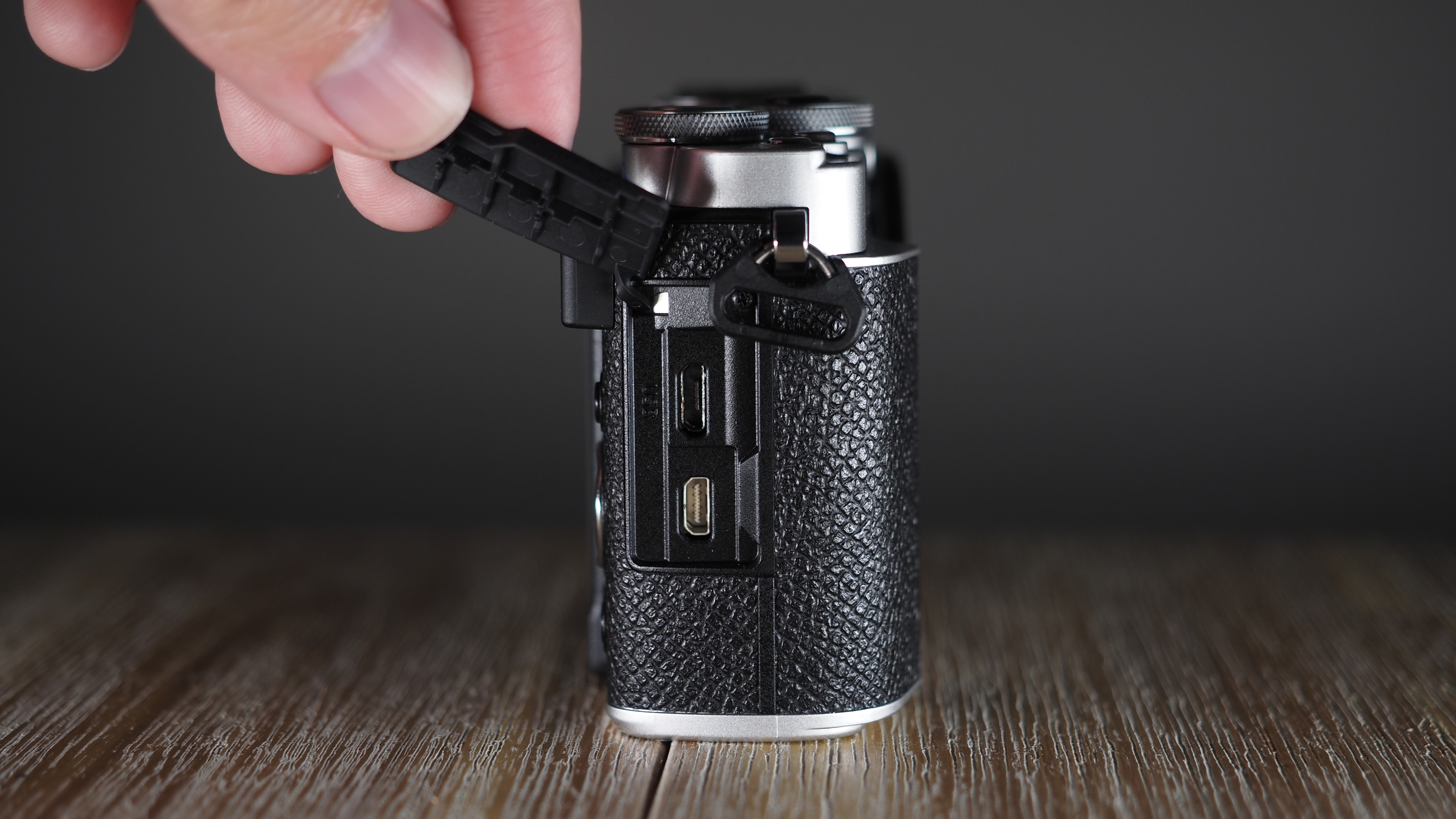

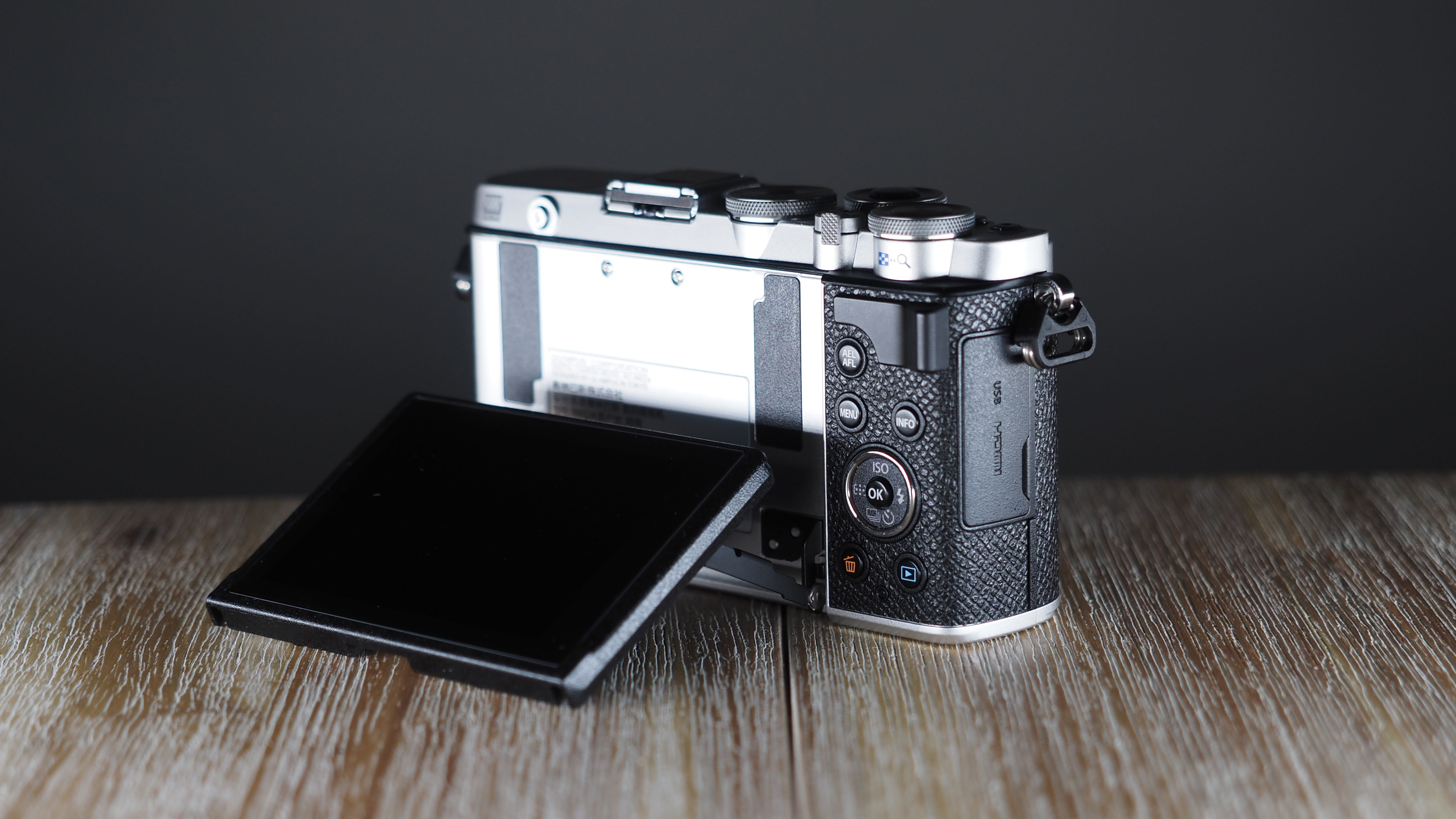


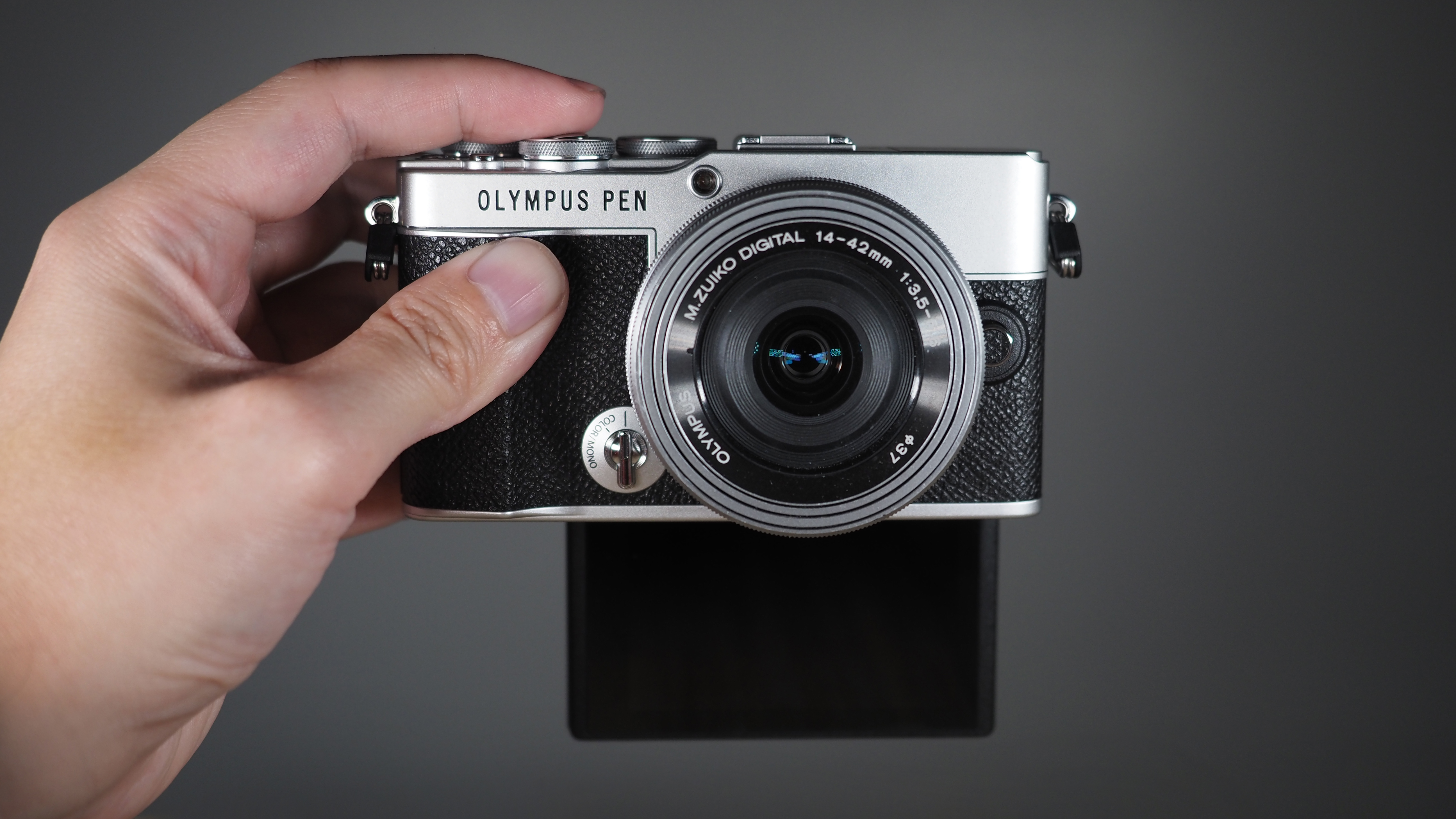
Olympus PEN E-P7: Key features
While the PEN E-P series has been dormant since 2013, the PEN E-PL ("PEN Lite") line has been a disappointing rinse and refresh for the past few years. Indeed, the Olympus PEN E-PL10 and Olympus PEN E-PL9 were both lumbered with the outdated 16MP image sensor and 3-axis in-body image stabilization (IBIS) that were holdovers from the original, 7-year-old OM-D E-M10.
By contrast, the E-P7 takes its technological cues from the latest E-M10 Mark IV. It packs the same 20.3MP sensor with improved AF performance (though it is still contrast-detect), the same 5-axis IBIS that's good for 4.5 stops of stabilization, and the same 4K 30p video that benefits from the silky smooth IBIS in a way that larger APS-C and full-frame sensors can only dream of.
However, the E-P7 doesn't abandon the E-PL signatures entirely; it retains the 180° tilting selfie screen that made the PEN Lites such a success with bloggers and vloggers, along with the integrated pop-up flash for when you need a hit of light.
It takes cues from the venerable PEN-F, too, namely in the form of the Profile Control switch. Like the Creative Dial on the PEN-F, enables you to summon a host of bespoke mono and color profiles – including the much-loved Mono 2, which is unofficially a Tri-X film simulation, along with other profiles that give a similar feel to classic film stocks like Ektachrome and Portra.
It also features USB charging carried over from the latest OM-D cameras, albeit via a micro USB connection. Interestingly, the E-P7 doesn't come with a battery charger in the box – instead it features a USB passthrough connection to recharge the battery in-camera. So if you're going to get a spare battery, you'll need to power it up via the body – not ideal, if you want to use the camera while your backup is on charge.
Also returning is the Advanced Photo mode, selectable from the mode dial, which enables beginners to take images using advanced techniques – without having to know the advanced techniques. From long exposures and keystone compensation to HDR and focus bracketing, this puts powerful photography at the fingertips of even complete newcomers.
Olympus PEN E-P7: Build & handling
The Olympus PEN E-P7 is slightly larger than its E-PL siblings, and slightly smaller than the PEN-F – yet it's lighter than them both at just 337g. However, while it largely combines the form of the former with the function of the latter, it does take significant style and substance cues from the PEN-F.
The E-P7 eschews the E-PL series' more modern look and two-tone grip for a vintage-inspired design and textured leatherette finish. It likewise ditches the single exposure dial for dual control dials, making it a much more comprehensive manual photographic tool.
While the PEN-F's Creative Dial offered five shooting profile options, the sheer amount of choice made it difficult to use without peering at the front to see which one you'd selected. The E-P7's Profile Control, by contrast, is a simple toggle switch that summons the color / mono shooting modes – from here, a new pop-up menu button on the top enables you to pick, choose and customize profiles on the fly.
Speaking of new controls, the traditional recessed 'pinhole' style power button of the E-PL cameras is gone, replaced by a separate new power dial on the right-hand side. In one respect, it's great to have a proper power switch instead of a fiddly button; on the other, that means there are four dials crammed onto the top panel – and the power one is situated so close to the mode dial that switching between modes often leads to inadvertently knocking the power off.
Olympus PEN E-P7: Performance
Purely in terms of the images it produces, the E-P7 delivers results on par with the PEN-F or the E-M10 Mark IV. Photographs are rich, detailed and defined no matter what lenses you're using. The body is obviously tailor-made for the M.Zuiko 14-42mm EZ Pancake lens, and it squeezes every last ounce of resolution out of that overperforming slice of wonderglass.
However, mount a high-end optic like the M.Zuiko 75mm f/1.8 or M.Zuiko 12-40mm f/2.8 Pro and this delivers truly next-level results worthy of the more expensive OM-D cameras.
Without retreading the well-worn Micro Four Thirds debate, the 20.3MP image sensor may be conservative next to the mid-20 megapixels of APS-C cameras, let alone the much higher resolution of full-frame bodies, but it captures a stunning amount of detail and data – more than enough for medium-sized prints, not to mention double-page magazine spreads (as have been published in our sister print titles on numerous occasions). So if you're wondering whether 20.3MP is only good for social media – no, it's good enough for most things.
The E-P7 features the same new autofocus system as the E-M10 Mark IV – it's still a contrast-based AF system, but is night and day better than that of the PEN-F or any of the preceding E-PL cameras. Of course it's not as supernatural as the phase detect system of the Olympus OM-D E-M5 Mark III and Olympus OM-D E-M1 Mark III, but the face and eye detect are very reliable in both stills and video shooting.
Indeed, the improved AF is particularly noticeable when recording video; gone is the hunting and pulsing of Olympus' older contrast AF system, with much more honest autofocus that makes this a realistic proposition for straightforward content creation and filming vlogs up to 4K 30p.
Certainly the Panasonic GH5 II is a superior vlogging and video camera, but it requires you to know a lot about video to get the most out of it – and Panasonic's creaky contrast AF system is far too unreliable for solo shooting. If you want to start shooting video, but don't know your bitrate from your B-roll, the E-P7 is a fantastic point-and-shoot 4K camera that delivers crisp footage with absolutely sublime stabilization – even without needing a gimbal… though the lack of microphone jack means that you'll need to rely on standalone mics (or the camera's in-built ones).
While it's never going to be a sports camera, the burst shooting speeds are still impressive – the mechanical shutter is rated at 8.7fps (we managed to squeeze 9fps out of it) and with the electric shutter you can get up to 15fps. Depending on the subject the AF keeps up very well, but don't expect to use this for birding.
Our only real complaint with the E-P7 is the LCD screen, which displays certain hues – especially skintones – far too hot. When shooting caucasian subjects this makes it difficult to know whether the camera's color rendition is overaggressive, but you have to trust your settings and keep shooting; get your images into a computer or your phone and the skin is just fine.
Olympus PEN E-P7: Lab results
For our lab data comparison, we compared the PEN E-P7 against three other crop-sensor beginner-friendly mirrorless cameras: the Canon EOS M50 Mark II, Fujifilm X-S10 and Sony A6100.
Resolution:
Resolution is measured using standardized text charts which give results in line widths / picture height, which is independent of sensor size.
Inevitably, with 'only' 20.3MP on tap, the E-P7 can't match the 24MP+ competition when it comes to resolving fine detail. The real world difference isn't vast, but it is noticeable under close scrutiny.
Dynamic range:
Dynamic range is a measure of a camera's ability to record extreme brightness ranges and still retain detail in the brightest and darkest parts of the scene. It's measured in EV (exposure values, or 'stops').
Recent Olympus cameras have traditionally been strong for dynamic range, and the E-P7 is no exception. The Fujifilm X-S10 is still the benchmark in this sector at higher ISOs, but the PEN still beats the competition from Canon and Sony.
Signal to noise ratio:
This test compares the amount of random noise generated by the camera at different ISO settings as a proportion of the actual image information (the 'signal'). Higher values are better and we expect to see the signal to ratio fall as the ISO is increased.
The E-P7, X-S10 and EOS M50 Mark II are all closely matched in this test, generating similarly clean images with low noise levels. The aging sensor design in the A6100 produces noticeably noisier images than the other three cameras.
Olympus PEN E-P7: Verdict
We know that many people were hoping for a PEN-F Mark II, and may feel disappointed that this isn't that camera. Here's the truth, though: the Olympus PEN E-P7 combines the style and shooting modes of the PEN-F with the tiny form factor of the E-PL bodies and the fresh technology of the E-M10 Mark IV – and, in so doing, is a far more interesting proposition than a PEN-F Mark II would have been.
This camera finally catches the PEN line up with the power of the OM-D bodies – putting a stunning stills camera in your pocket, for one of the best travel and take-anywhere systems we've used. The E-M10 Mark IV is technologically similar and actually cheaper, plus you get the benefit of an electronic viewfinder. However, the E-P7 is a superior creative tool thanks to the mono and color modes offered by the Profile Control dial – and it's a beautiful camera both to look at and use.
The OM Digital Solutions era is off to a great start.
Olympus PEN E-P7: Sample images and video
Watch video: Olympus PEN E-P7 sample video
Pre-order the Olympus PEN E-P7 at Olympus (UK)
Pre-order the Olympus PEN E-P7 at Wex (UK)
Read more:
Best Olympus cameras
Best Micro Four Thirds lenses
Olympus OM-D E-M10 Mark IV review
Olympus OM-D E-M5 Mark III review
Olympus OM-D E-M1 Mark III review
Olympus PEN-F review
Olympus PEN E-PL10 review

James has 25 years experience as a journalist, serving as the head of Digital Camera World for 7 of them. He started working in the photography industry in 2014, product testing and shooting ad campaigns for Olympus, as well as clients like Aston Martin Racing, Elinchrom and L'Oréal. An Olympus / OM System, Canon and Hasselblad shooter, he has a wealth of knowledge on cameras of all makes – and he loves instant cameras, too.
